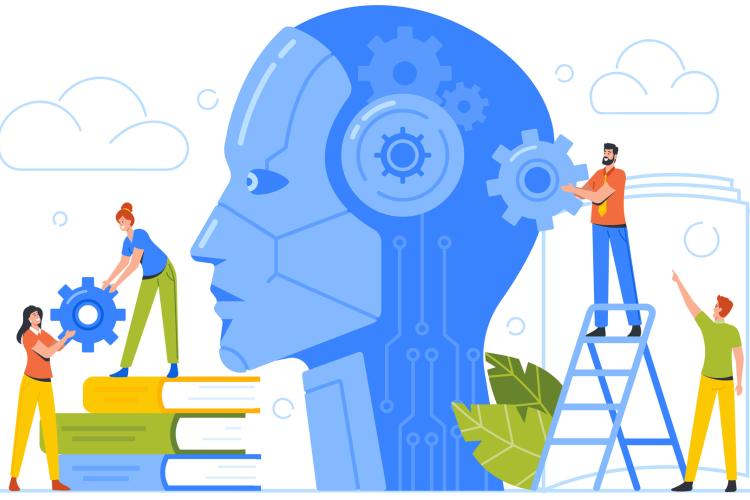
In the rapidly evolving landscape of natural language processing (NLP), a groundbreaking approach known as Retrieval Augmented Generation (RAG) is capturing attention. This innovative technology combines the strengths of retrieval-based methods and generative models to revolutionize the way computers understand, generate, and interact with human language. Let's explore the details of Retrieval Augmented Generation and its future impact on NLP.
Retrieval Augmented Generation represents a combination of two distinct approaches to NLP: retrieval-based and generative models. Retrieval-based methods rely on retrieving relevant information from a predefined collection of text based on user queries, while generative models create responses from scratch based on learned patterns and context. By combining these approaches, RAG achieves superior performance in understanding and generating natural language.
The innovation of Retrieval Augmented Generation lies in its ability to integrate relevant retrievals into the generative process. In traditional generative models, responses are based solely on the model’s input. However, RAG improves this by accessing external knowledge bases, enabling the model to produce more informed and contextually appropriate responses.
One of the primary reasons for implementing Retrieval Augmented Generation is its ability to query external knowledge sources to generate highly relevant responses. By retrieving and incorporating additional knowledge, RAG ensures outputs are grounded in factual, domain-specific context.
RAG also allows for greater control over output. By limiting retrieved information to a curated knowledge base, the model stays within a specific subject area. This makes RAG ideal for chat applications and conversational systems where domain specificity is crucial — ensuring accuracy and consistency in responses.
Overall, this technology offers a powerful framework for building intelligent systems that understand and generate human language. By blending retrieval-based precision with generative fluency, RAG becomes the go-to solution when relevance, accuracy, and coherence are critical.
Connect with us at Repply AI to explore how we can collaborate and innovate together.